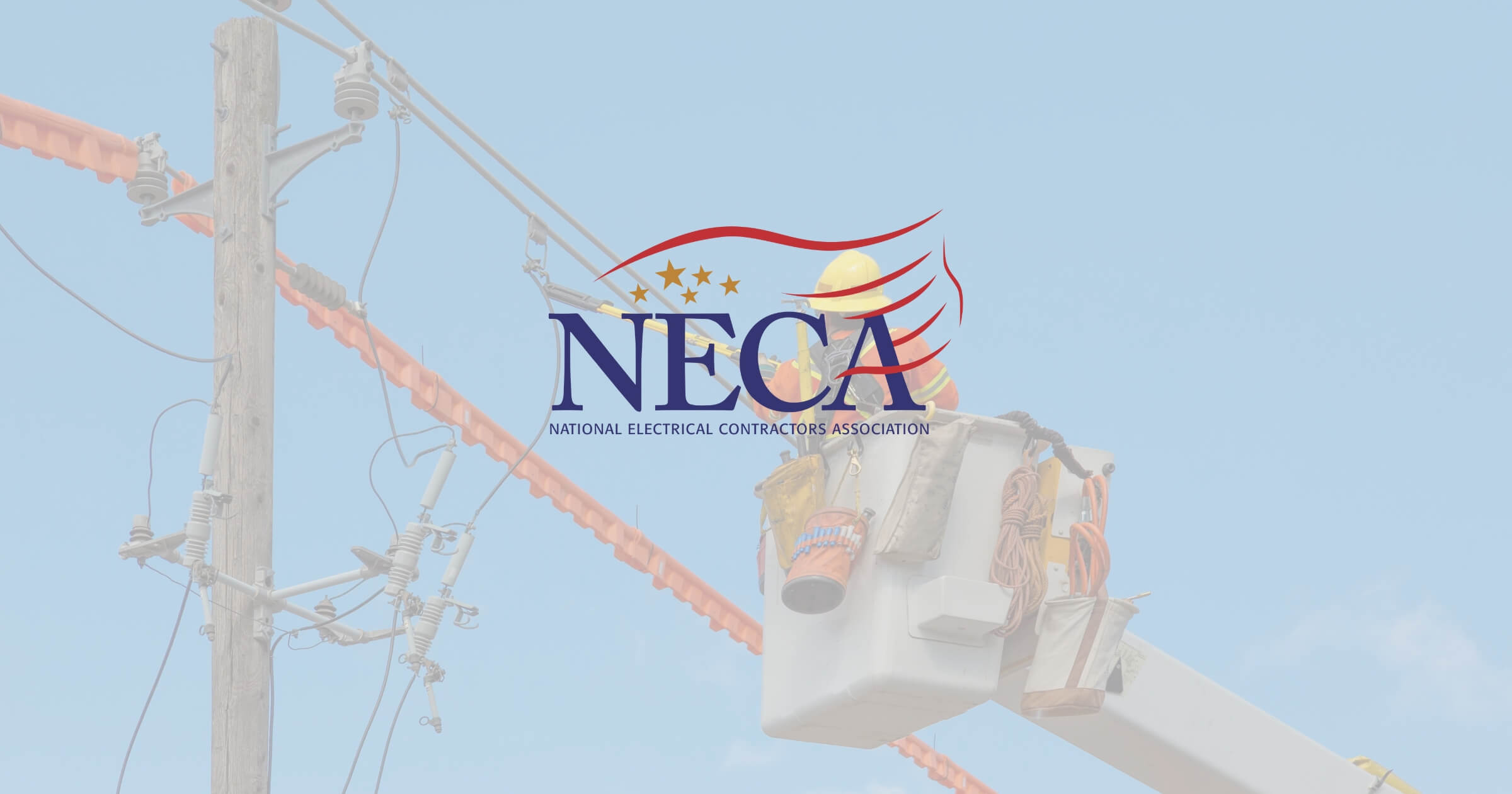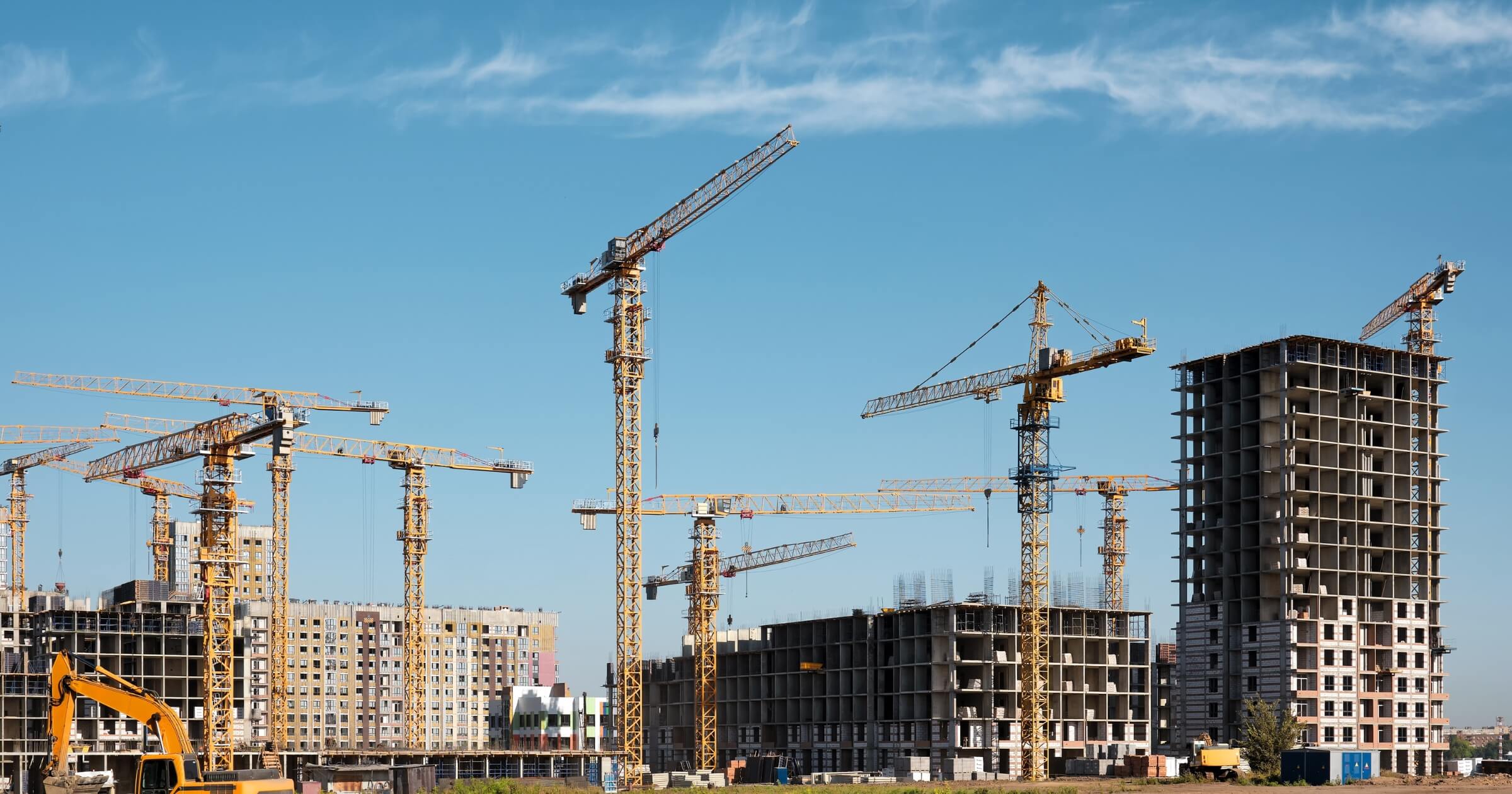



Project abandonments spike in 2025 with private sector hit hard
June 3, 2025
Project abandonments surged 9.5% in March of 2025, with private sector work hardest hit. The hike stems from tariff uncertainties.







June 3, 2025
Project abandonments surged 9.5% in March of 2025, with private sector work hardest hit. The hike stems from tariff uncertainties.


